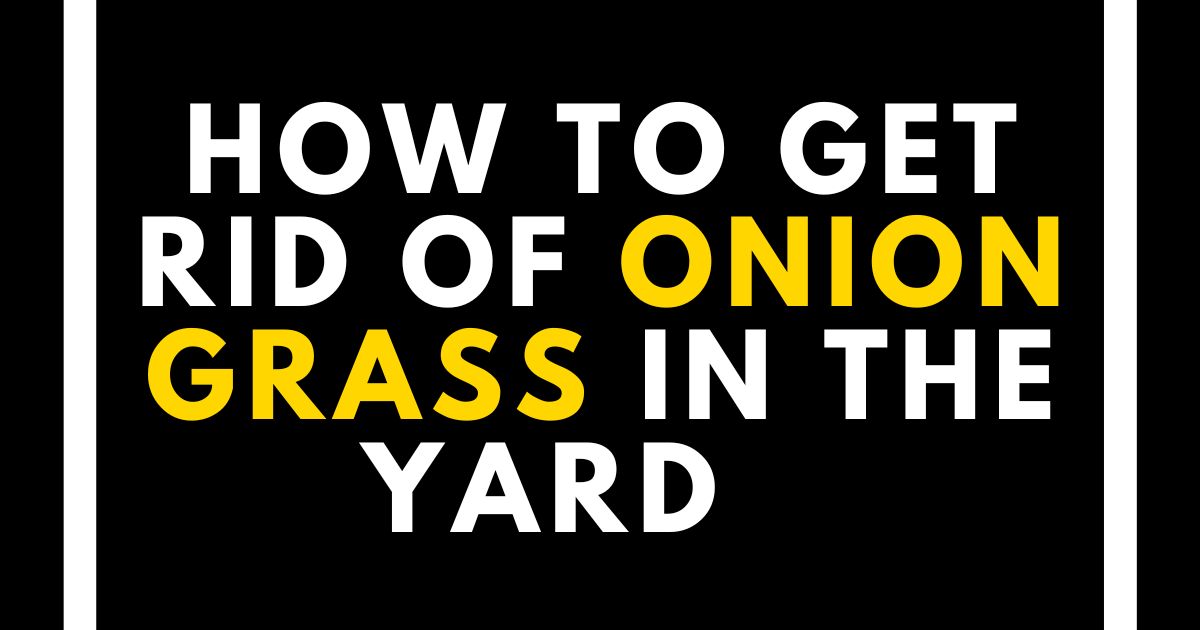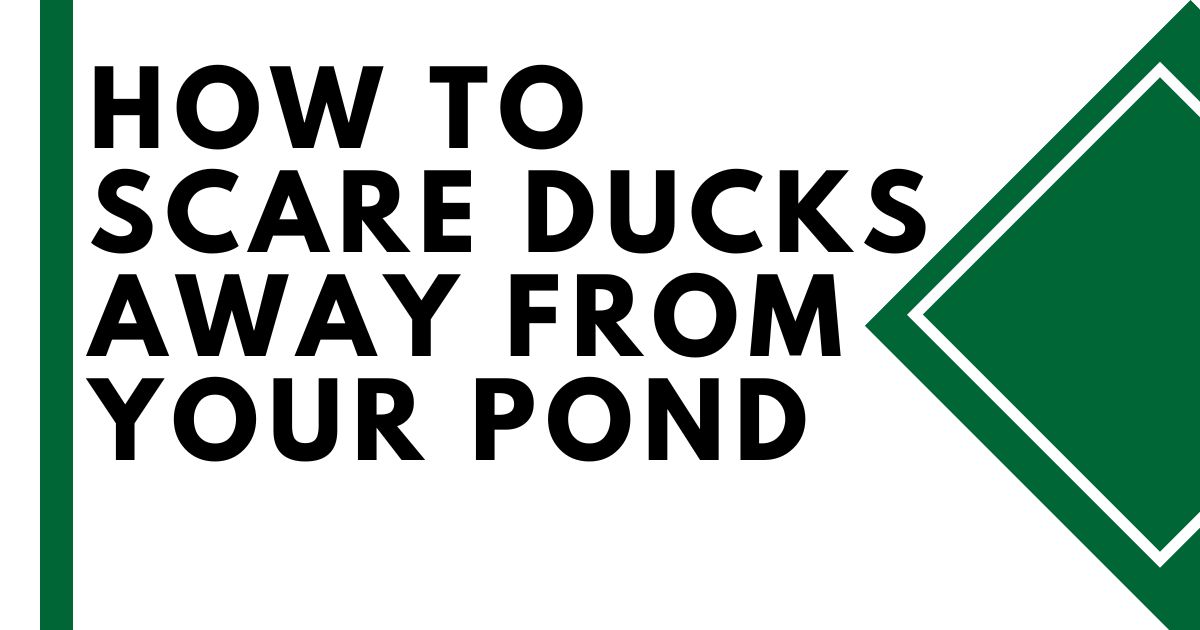Are you tired of the constant maintenance and upkeep that natural grass demands? If so, it’s time to consider the growing trend of artificial grass. Artificial grass offers numerous benefits, including its low maintenance requirements, durability, and year-round green appearance. With advancements in technology, artificial grass has become increasingly realistic, making it a popular choice for homeowners looking to transform their yards into beautiful, hassle-free spaces.
Preparing Your Yard for a Seamless Artificial
I. Grass Installation
In this step-by-step guide, we will walk you through the process of preparing your yard for the installation of artificial grass. By following these comprehensive instructions, you’ll be able to achieve a flawless installation that will provide you with a stunning, low-maintenance lawn for years to come.
II. Assessing Your Yard
Importance of Assessing the Current State of Your Yard
Before embarking on the installation of artificial grass, it’s crucial to assess the current state of your yard. This assessment will help you identify any potential issues and determine the necessary steps to ensure a successful installation.
Considerations: Drainage, Existing Vegetation, and Necessary Repairs
- Drainage: Proper drainage is essential for maintaining the longevity of your artificial grass. Assess your yard’s drainage capabilities, taking note of any areas prone to water pooling or poor runoff.
- Existing Vegetation: Identify any existing vegetation, such as grass or weeds, that needs to be removed before installing the artificial grass. This step ensures a clean and even surface for the installation.
- Necessary Repairs: Inspect your yard for any signs of damage, such as uneven terrain, cracks, or potholes. Addressing these issues before the installation will help create a smooth and stable base for the artificial grass.
III. Removing Existing Vegetation
Step 1: Removing Grass and Weeds
To prepare your yard for artificial grass, you’ll need to remove any existing grass, weeds, or vegetation.
- First, mow the existing grass to make the removal process more manageable.
- Next, use a sod cutter or a turf cutter to cut through the grass and remove it in sections. A sod cutter is a specialized tool designed to cut through the root system of the grass, making it easier to lift and remove.
- Alternatively, you can use herbicides to kill off the existing vegetation.
- If you prefer a manual approach, use a shovel or garden fork to dig out the grass and weeds. Be sure to remove the roots to prevent regrowth.
Tips for Effective Removal
- Dispose of the removed vegetation properly, either through composting or by arranging for green waste disposal.
- Take extra care when using herbicides, following safety guidelines, and avoiding contact with desirable plants or water sources.
- It’s essential to remove the existing vegetation entirely to prevent it from affecting the stability and appearance of the artificial grass.
IV. Leveling and Compacting
Step 2: Leveling the Soil Surface
Achieving a level surface is crucial for the proper installation of artificial grass.
- Use a rake or a landscaping shovel to remove any debris, rocks, or large clumps of soil from the area.
- Fill in any low spots with topsoil and level the surface using a rake or leveling tool. Ensure that the soil is evenly distributed and the surface is smooth.
- Use a long, straight board or a leveling tool to check the evenness of the soil. Adjust as necessary to achieve a uniform surface.
Step 3: Compacting the Soil
Compacting the soil helps prevent future settling or unevenness in your artificial grass.
- Use a rented plate compactor or a hand tamper to compact the soil. Start from one corner and work your way across the entire area, making multiple passes.
- Pay extra attention to high-traffic areas, such as walkways or play areas, as they may require additional compaction.
- Continue compacting until the soil feels firm and stable. This step ensures a solid base for the artificial grass installation.
V. Installing Edging and Borders
Purpose of Edging and Borders
Edging and borders help create clean lines, prevent the migration of artificial grass, and provide stability to the installation.
Step 4: Selecting Suitable Materials
Choose suitable materials for edging and borders based on your preferences and the requirements of your yard.
- Plastic Edging: Lightweight and easy to install, plastic edging is a popular choice for residential applications. It provides flexibility and can be easily shaped to fit curved areas.
- Metal Edging: More durable and long-lasting, metal edging offers a stronger barrier for containing artificial grass. It is ideal for straight lines and areas with heavy foot traffic.
Step 5: Installing Plastic or Metal Edging
- Determine the desired placement of the edging or border. Use stakes and string to mark the edges.
- Dig a shallow trench along the marked line, ensuring it is slightly deeper than the height of the edging or border material.
- Install the edging or border material, aligning it with the marked line. Use spikes or stakes to secure it in place.
- Backfill the trench with soil, compacting it gently around the edging or border. Ensure the edging sits flush with the surrounding ground.
- Check the alignment and adjust as needed to achieve straight lines and a secure installation.
VI. Adding a Weed Barrier
A weed barrier prevents the growth of weeds through the artificial grass, ensuring a weed-free and low-maintenance lawn.
Step 6: Laying and Securing the Weed Barrier
- Roll out the weed barrier fabric over the prepared area, ensuring it covers the entire surface. Overlap multiple strips by a few inches to prevent weed penetration.
- Cut the weed barrier fabric to fit around obstacles like trees or flowerbeds, ensuring a neat and secure fit.
- Secure the weed barrier by using landscaping staples or anchor pins, placing them every 12 to 18 inches along the edges and within the field.
- Trim any excess weed barrier fabric using scissors or a utility knife to create clean edges.
VII. Spreading and Compacting the Base Material
Role of Base Material
The base material provides stability, proper drainage, and a level surface for the artificial grass.
Step 7: Spreading the Base Material
- Determine the appropriate base material for your installation, such as crushed rock or decomposed granite. Follow the manufacturer’s guidelines for the recommended depth.
- Spread the base material evenly across the entire area using a shovel, rake, or grading rake.
- Place a slight incline between your home’s foundation and the ground to ensure that water flows away from the house.
Step 8: Compacting the Base Material
- Compact the base material with a plate compactor or a hand tamper. Start from one corner and work your way across the entire area, making multiple passes.
- Pay extra attention to areas with uneven surfaces or depressions, ensuring the base material is evenly compacted.
- Continue compacting until the base material feels firm and stable, allowing for proper drainage and support.
VIII. Laying the Artificial Grass
Step 9: Laying the Artificial Grass
Now that your yard is properly prepared, it’s time to lay the artificial grass.
- Roll out the artificial grass over the prepared area, allowing it to acclimate to the surroundings for a few hours. Ensure the grain of the grass is facing in the same direction.
- Trim off any excess grass using a utility knife or carpet cutter, ensuring a neat fit around obstacles or edges.
- Use adhesive or seam tape, if necessary, to join multiple rolls of grass together. Follow the manufacturer’s instructions for proper adhesive application.
- Secure the edges of the grass using landscape spikes or nails, placing them every 6 to 12 inches along the perimeter. Be careful not to drive the spikes or nails through the backing.
- Gently brush the artificial grass fibers using a stiff bristle broom or a power broom, ensuring they are standing upright.
- Inspect the installation for any visible seams, unevenness, or imperfections, making adjustments as necessary.
IX. Infilling and Brushing
Infill material enhances the performance and appearance of the artificial grass, providing cushioning, stability, and improved drainage.
Step 10: Evenly Spreading and Brushing the Infill Material
- Select the appropriate infill material for your artificial grass, such as silica sand, rubber granules, or a combination of both.
- Use a spreader or a shovel to evenly distribute the infill material across the artificial grass.
- Use a power broom or a stiff bristle broom to brush the infill material into the fibers. This process helps the blades stand upright and ensures even distribution.
- Continue brushing until the infill material is fully integrated into the artificial grass, creating a natural appearance.
X. Final Steps
Step 11: Inspecting the Installation
- Walk across the newly installed artificial grass, checking for any visible seams, uneven areas, or imperfections. Make any necessary adjustments to ensure a seamless and uniform appearance.
- Check the drainage by spraying water over the artificial grass and observing how quickly it drains. Address any drainage issues by adding additional drainage holes or adjusting the base material if needed.
- Trim any stray fibers or edges for a clean and finished look.
Tips for Proper Maintenance and Care
- Regularly remove leaves, debris, and pet waste from the surface of the artificial grass using a leaf blower or a stiff brush.
- Rinse the artificial grass periodically to remove dust and pollen, particularly in areas with low rainfall.
- Consider using a mild detergent and water solution to remove stubborn stains or spills. Rinse to avoid any residue afterward.
- Gently brush the artificial grass fibers occasionally to maintain their upright position and prevent matting.
Inspect the artificial grass periodically for any signs of damage or wear and tear.
Conclusion
You have successfully prepared your yard for the installation of artificial grass. By following this comprehensive step-by-step guide, you’ve ensured a seamless and long-lasting artificial grass installation that will provide you with a beautiful, low-maintenance lawn for years to come.



1 comment